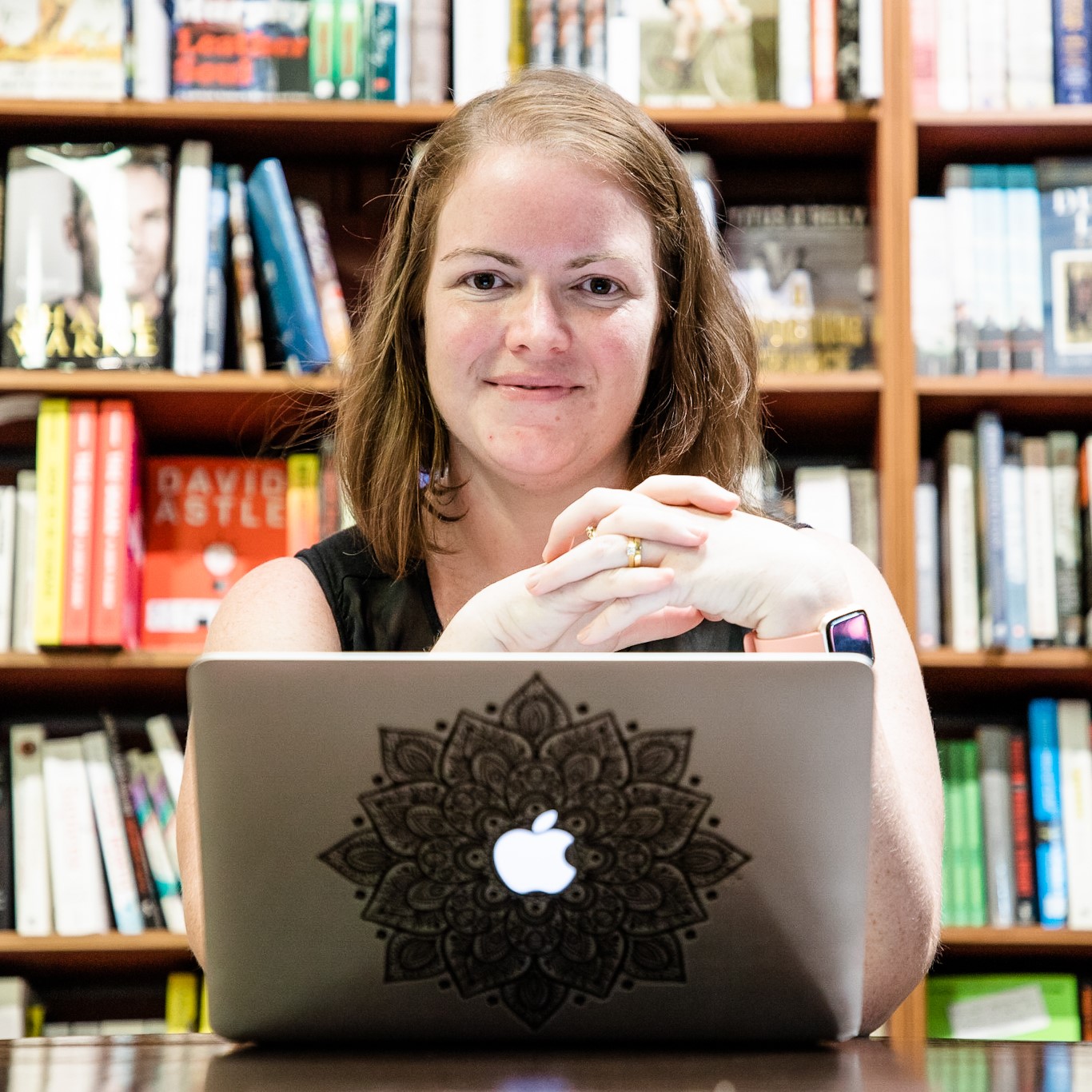White balance is a tricky thing: Getting it right (or wrong) can make or break the consistency of your editing. Here’s how to get the white balance right for your phone photos.
Whether you’re shooting on your phone camera, or loading your DSLR photos onto your phone for editing, getting the white balance in Lightroom right is a key step in achieving a consistent edit style in your photos.
How white balance in Lightroom works
White balance is found in Lightroom under the Color tab, and it has two components: Temp and tint. Temp — short for temperature — is a scale from blue to yellow, with different light sources having a different temperature.
Tint is a scale from green to magenta, and this comes from the quality of the light source (primarily what it’s made of, or what surface it is reflecting off).
How to set white balance in Lightroom
You can use the drop-down menu to set the white balance in Lightroom to the conditions, for example cloudy, sunshine, etc. Auto does a pretty good job, but in my experience, most photos will need tweaks to the white balance.
For some photos, auto will just be downright wrong. Depending on your camera settings when shooting, As Shot is often a good bet — unless you forget to change your white balance when moving from outside to inside!
In that case then the eyedropper tool is an effective way to set white balance.
Click the eyedropper then drag the puck cursor over a patch of neutral gray in the image. Aim for a light gray: Think back to the classic photographer’s staple of the 18% gray card. Lightroom will then read the color data automatically and set the correct custom white balance.
Play around, compare and practice
If you don’t get it right on first shot, you can try other parts of the image until you get a white balance that looks right. Prioritize skin tones looking lifelike as a guide.


Edit all the photos in your set using this method, then look at the album in gallery view. How does it look? Are there any images which are obviously colder or warmer than others? Tweak those until the whole album looks consistent.
As you practice your preferred edit style you will develop a finely tuned eye for the white balance you like, and will be able to set it consistently without comparing photos.


















thank you for the content shared in this page. But I must correct a serious content error in this article.
1- Color temperature and physical temperature are NOT correlated.
2- 3000K is an incandescent color temperature: tungsten, cangle light, etc. Is Yellowish WARMER colors, NOT blue. 5200K is white daylight(12 noon sunny) and 6000K and higher are blueish tones, COOLER color temperature (shaded, cloudy).
I was about to recommend this website to my college students and fellow Film and Media Professors at Florida International University and Miami Dade College.
Luis, this article is specifically about adjusting white balance and color temperature in Lightroom, not physical conditions. Jemma did not make a correlation between the two here, so I’m not sure where the confusion lies.
You are correct in that the physical conditions, warmer colors would be a lower number and cooler numbers would be higher. As photographers, we think of white balance as “adding” tone to photographs, whether we’re shooting or post-processing. This is based on the Kelvin scale, which goes from cooler to warmer (the opposite of physical conditions). You can read more about this here: https://photofocus.com/photography/what-is-kelvin-white-balance-and-how-do-i-use-it/
Her explanation is incorrect and mislieading: “Cooler temperatures, such as 3000°K (the K means Kelvin, a unit of temperature) are bluish and warmer temperatures (e.g. 6000°K) are yellowish. (Fun fact: Our sun has a surface temperature of 5778°K, and that’s why it’s yellow!).”
Her explanation is transposed.
Thanks for replying.
Thanks for your comment Luis – I think I’ve worded it confusingly, which has switched what I meant. When correcting for incandescent the white balance shifts the whole image towards blue to compensate (balance out) the yellow of the light source. I should have worded it as “giving a blue tint” in Lightroom (which as you say is compensating for the yellow color).